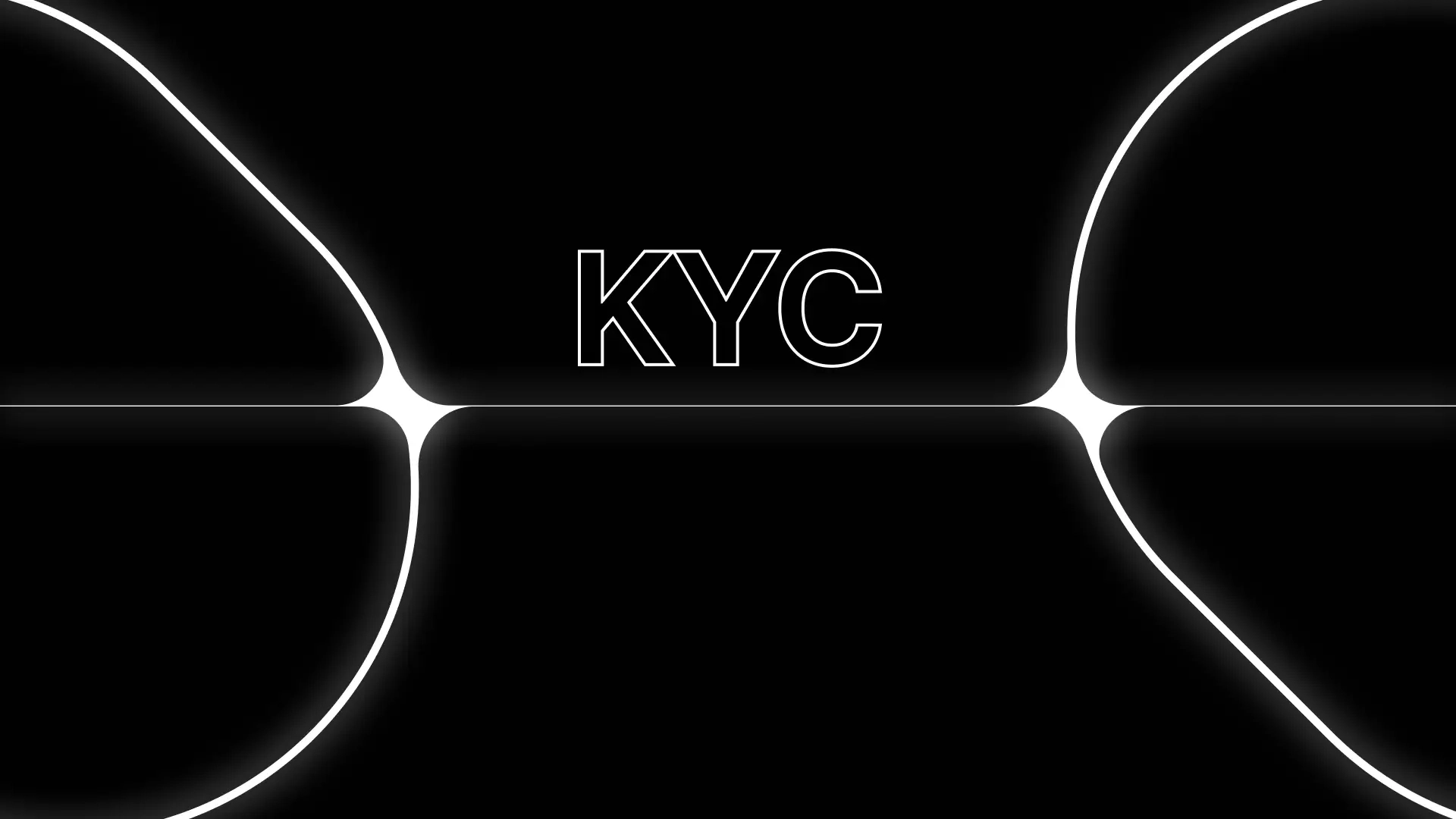
How KYC Impacts Your Conversion: Common Mistakes and How to Avoid Them
Key takeaways (TL;DR)
A poorly designed KYC flow can cut conversions by up to 40%.
Friction doesn’t come from regulation—it comes from the user experience.
AI and automation can reduce verification time to seconds.
Didit turns KYC into a growth engine, not a roadblock.
Picture this: a user downloads your finance app, jumps into sign-up with excitement… and never finishes onboarding. They drop off halfway.
As counterintuitive as it seems, this is normal: 60%–70% of users abandon sign-up when KYC (Know Your Customer) feels too long or complex.
For a fintech or finance app, these drop-offs aren’t just numbers—they’re missed customers, wasted CAC, and revenue that never lands. In short, your KYC flow determines how much you grow, not just whether you comply.
Which raises the key question: what hidden friction in your verification flow is costing you conversions—and how do you fix it?
In this article, you’ll find exactly that: the most common mistakes that crush conversion, the metrics you should track, and the strategies to turn compliance into a growth asset, not a brake.
The Hidden Cost of a Bad KYC: Why Conversion Rate Matters
When someone fails to finish verification, it’s not just an incomplete form—it’s a potential customer who will never use your product. This directly hits core metrics like:
- Effective CAC: you pay to acquire users, but many never complete sign-up.
- Projected LTV: without verification, there are no transactions or loyalty.
- Trust and brand perception: a rigid process signals red tape and erodes confidence.
The data backs it up: multiple studies put financial onboarding abandonment above 60% when KYC is slow or confusing.
Recent analyses identify the identity verification step—document capture or biometrics—as the highest-drop-off stage.
In other words, your funnel fails right when you think you’ve already won.
What “KYC Conversion Rate” Really Means
Your KYC conversion rate is a foundational metric. It’s calculated as: Users who complete verification ÷ Users who start the KYC flow.
This ratio shows how much friction your process creates. The higher it is, the more you can monetize and retain.
With this metric in hand and a well-instrumented funnel, you’ll know exactly where users drop and can optimize with surgical precision.
The 6 Most Common Mistakes That Drain KYC Conversion
After reviewing hundreds of identity verification flows and tens of thousands of KYC processes on our platform, we’ve identified the most frequent issues behind fintech and financial platform abandonment:
- Overly sequential, rigid flow. Forcing step-by-step progress without parallelization or real-time validation creates waits and breaks the experience.
- UX not built for mobile. If your flow isn’t optimized for smartphones, most users won’t finish. On mobile, any friction multiplies.
- Poorly tuned biometrics. Miscalibrated face recognition rejects legitimate users, driving frustration and churn.
- No alternate paths. If NFC isn’t available or a document lacks a chip, you need backups (OCR, guided upload, or assisted fallback). Without them, users leave.
- One-size-fits-all vs. risk-based. Applying the same strictness to everyone depresses conversion. Risk profiling is key to balancing compliance and UX.
- Weak microcopy and instructions. Vague messages, missing visuals, or unclear steps. For less technical users, this spikes abandonment.
Metrics That Actually Matter
Many product and growth teams track global conversion, CAC, or churn, but overlook KYC conversion and its critical drivers.
These are the metrics that truly define the health of your financial onboarding:
- Completion Rate (CR). Percentage of users who finish the entire KYC. A 5% lift can beat doubling your marketing budget. Mobile-first design typically boosts completion by 20%–50%.
- Time to Verify (TTV). Average time to complete verification. Best-in-class systems finish in seconds. On Didit, a full verification (ID Verification + Face Match + Liveness + AML) takes under 25 seconds thanks to native AI and automation.
- False Non-Match Rate (FNMR). Share of legitimate users rejected by biometrics. Over-tight thresholds push this up and overload support.
- Fallback rate. Percentage of verifications requiring manual review. Each extra point adds cost and wait time.
How to Optimize KYC Without Sacrificing Compliance
Yes—it’s absolutely possible to streamline identity verification without putting compliance at risk.
Here are the five levers that make the difference:
- Accelerate with AI and automation. Automation removes redundant steps and reduces errors. On Didit, automated document checks, biometrics, and AML screening let you complete flows in seconds.
- Design mobile-first from day one. Build vertical flows with clear, visual guidance. A mobile-first onboarding can lift completion by up to 50%.
- Offer resilient fallbacks. If age estimation or a biometric check is inconclusive, a backup path prevents abandonment.
- Adopt risk-based compliance. Match controls to the actual risk of the transaction, in line with FATF guidance.
- Measure beyond pass rate. Track false positives, false negatives, and average times. These separate a fast KYC from a merely permissive one.
Conclusion: Great KYC Directly Lifts Conversions
Strong KYC doesn’t just protect—it sells. It’s where trust, technology, and experience meet.
Designing an efficient flow isn’t about being laxer; it’s about being smarter: asking for the right thing, at the right time, with minimal friction. The difference between a 40% and a 70% conversion rate isn’t always marketing—it’s how you built verification.
With Didit, you can verify identities in seconds, cut unnecessary steps, and stay fully compliant thanks to our free, unlimited identity verification plan, flexible and adaptable to your needs, with premium features that can save up to 70% versus traditional providers. A fast, well-designed KYC isn’t a dream—it’s a real competitive edge.